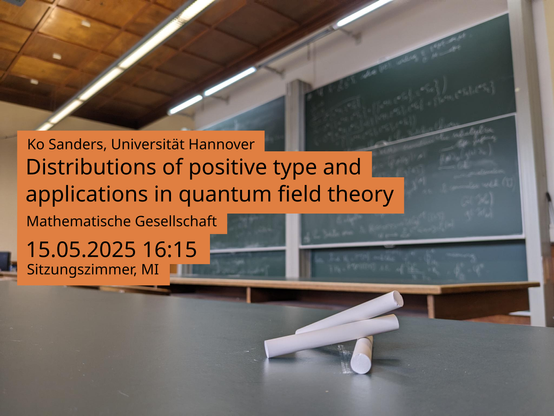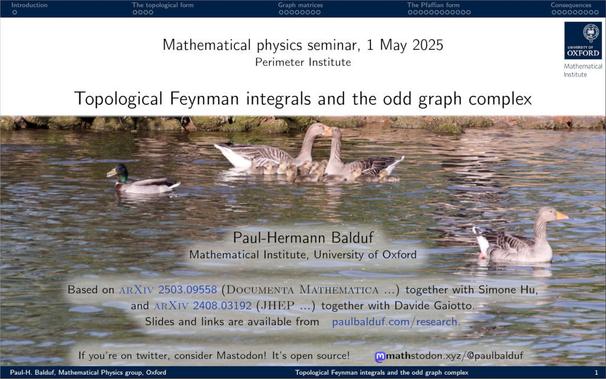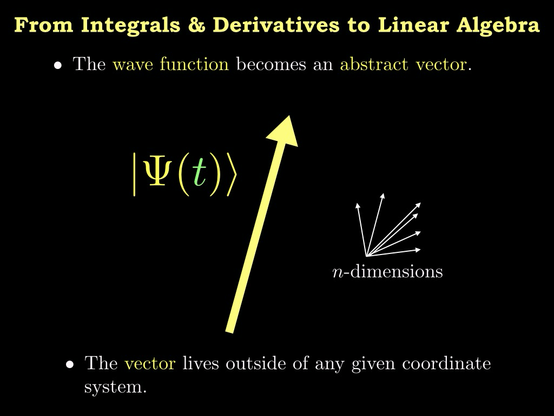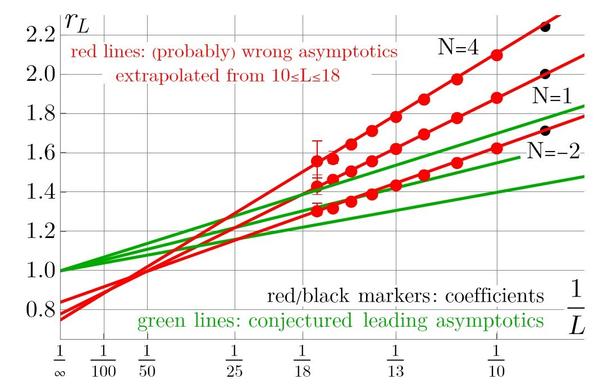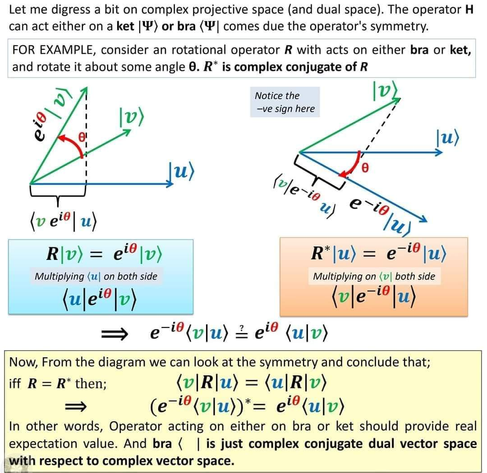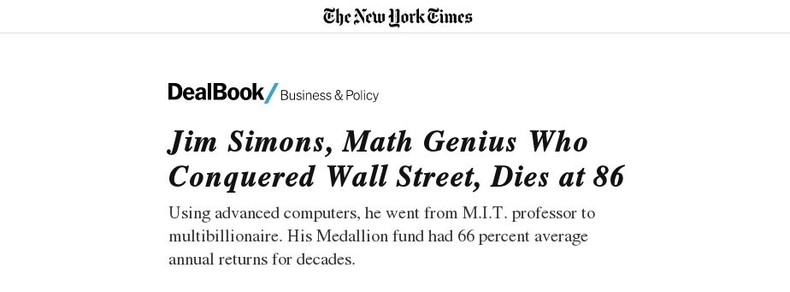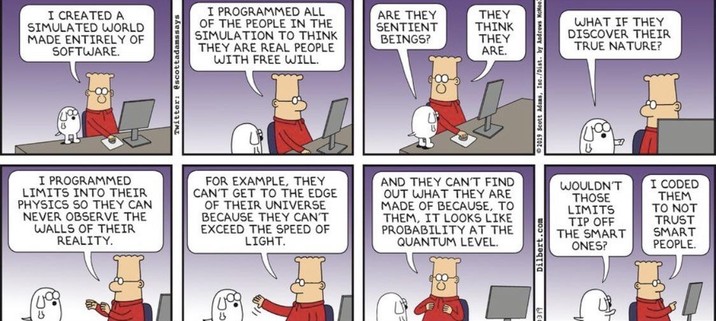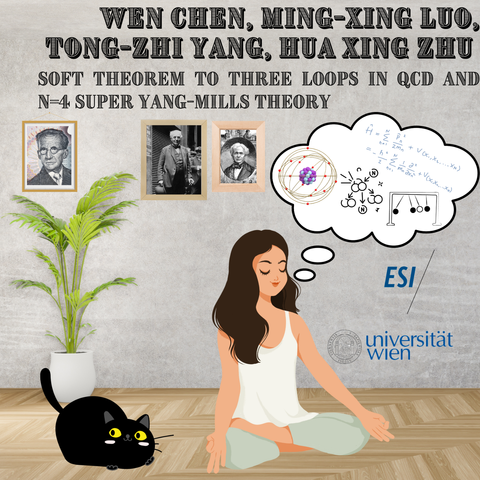In a magazine article [1] on problems and progress in quantum field theory, Wood writes of Feynman path integrals, “No known mathematical procedure can meaningfully average an infinite number of objects covering an infinite expanse of space in general. The path integral is more of a physics philosophy than an exact mathematical recipe.”
This article [2] provides a method for averaging an arbitrary collection of objects; however, the average can be any number in the extension of the range of these objects. (Note, an arbitrary collection of these objects is a function.)
Question: Suppose anything meaningful has applications in quantum field theory. Is there a way to meaningfully choose a unique, finite average of a function whose graph matches the description in Wood's quote?
For more info, see this post [3].
[1]: https://www.quantamagazine.org/mathematicians-prove-2d-version-of-quantum-gravity-really-works-20210617/
[2]: https://arxiv.org/pdf/2004.09103
[3]: https://math.stackexchange.com/q/5052005/125918
#PathIntegral #quantum #FeynmanPathIntegral #mean #average #expectedvalue #quantumfieldtheory
